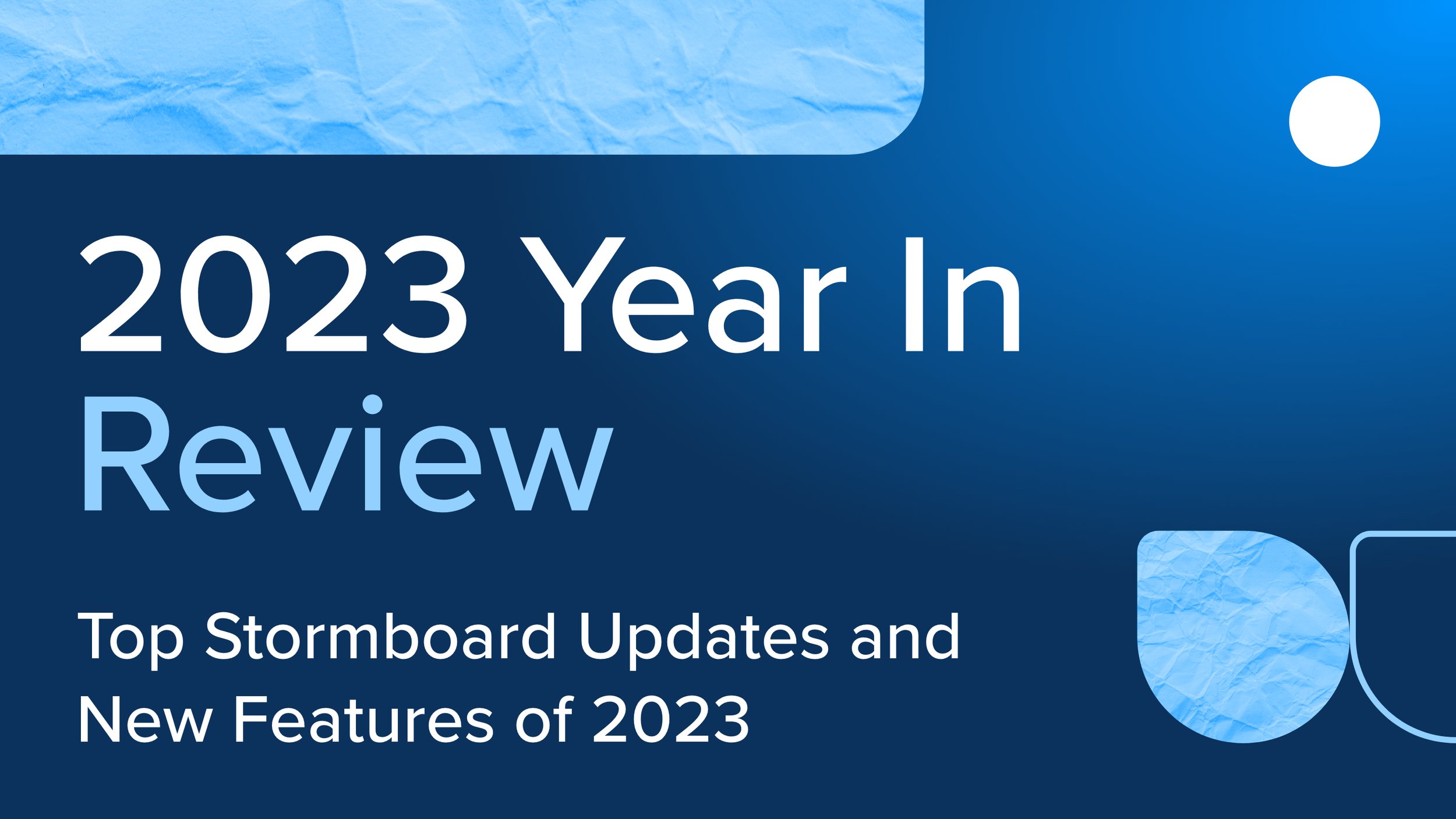How to Guard Against Remote Work Conflict
Conflict is an inevitability when dealing with any workplace setting, and remote workplaces are no exception.
A slew of problems can arise when working remotely. For example, after a virtual meeting, an employee might leave feeling that his or her opinions were not heard, or maybe another employee used rank to overshadow their co-worker’s creative idea.
Usually, the main culprits for workplace conflict are a lack of communication and a lack of information. Impersonal communication can also be a problem when everyone is on-screen, or there is a bad connection during an online meeting.
There are, however, a few steps that you can take to avoid remote work conflict, and the first is identifying the types of workplace conflict. Depending on who you ask, there may be a varying number of types, but for this post, we will be using the list devised by Atlas Staffing. They are task conflict, work style conflict, leadership conflict, personality conflict, idea-based conflict, and discrimination.
The second step is to address problems as they arise to stop the conflict before it starts. By doing this proactively, you can ensure everyone involved is on the same page. It’s not healthy for anyone to have a problem fester and grow until it explodes into a full-blown obstacle for both the employer, employee, and progress of the organization.
It is important to also know the different techniques of conflict resolution — the last step — and realize that conflict in a remote work setting serves a purpose.
Make sure you keep in mind that remote work conflict isn’t something to fear. On the contrary, conflict influences change, and can lead to better ideas, collaboration, and ultimately, a better working environment if it is addressed and resolved.
Types of conflict in a remote work setting
Task conflicts arise during a specific project when team members are assigned to specific roles. If a team member doesn’t pull their weight, so to speak, the project can be halted and will sometimes have to be replanned as deadlines come up. Usually, this happens for one of two reasons. One, the employee doesn’t fully understand the ins and outs of their role, so they fail to complete all of the tasks. This is in part on the manager’s plate. The other reason is an employee feels the task they were given undervalues them.
Work-style conflicts are pretty self-explanatory, as everyone has a different work style. Some people are crunchers and enjoy the adrenaline of waiting until the last minute to complete specific tasks. Others enjoy having a timetable and finishing work weeks in advance. Neither is right or wrong, but it is important to determine which employees are which, and pair them up accordingly based on the project or task at hand.
Your team leaders also have different work styles, and this is when leadership conflict can appear — especially during remote team leadership. If a leader works differently than the rest of his or her team, they need to be adaptable to make sure the team works in tandem with one another.
“Leadership is not a popularity contest,” says Forbes writer and business owner, Glenn Llopis. “It is a serious responsibility that primarily involves developing and guiding the full potential in people, teams, and the organization at-large.”
Then there’s personality conflict — everyone on your team has a different personality, and some of them may clash. You may have an employee who is loud and likes to crack jokes to relieve workplace stress, or one who is quiet and prefers to observe from afar.
Idea-based conflict emerges when a team member suggests an idea that doesn’t necessarily align with the company values or the project goal. This type of conflict might be the hardest to resolve because no one likes having their ideas shot down.
Discrimination is the most hurtful and dangerous form of conflict, as there can be aspects of harassment based on race, religion, gender, etc. This can have legal implications as well. The easiest way to avoid this type of conflict is to make sure you have an inclusive workplace policy that all employees are made aware of from the moment of their employment. Discrimination can cripple a company. Take the recent case of Bon Appetit, the popular food magazine and blog that temporarily shut down and had an employee overhaul due to race discrimination.
By understanding these types of conflict, you can identify when they are taking place, and reach a resolution before anything gets out of hand.
Stopping conflict before it starts
This brings us to the second step, which is stopping remote work conflict before it starts.
As a leader, a common way to make sure conflict never sees the light is to schedule regular meetings with your team. In a remote work setting, this ensures that your team stays up to date on what is happening with the company and their co-workers. As an added bonus, if your remote team members are more familiar with one another, this can naturally foster their teamwork online. It’s important that people feel that they belong to a wider team and aren’t in their own little world, despite geographical distance.
“Regular meetings are the first step toward building a team that understands and respects each other,” says Rachel Pelta, content coordinator for Flex Jobs.
This will also help not only you, but your entire team identify if there is a conflict and feel comfortable talking about it.
How to guard against conflict
Listen, listen, listen
Listening is the best thing you can do to avoid conflict. As a manager or leader, when meeting with a group or one-on-one, you need to make sure you are attentive and actually listening to your team members. This is especially important when a team member comes to you with a problem. If you are tired or distracted, set the meeting for another day.
“One of the most sincere forms of respect is actually listening to what another has to say and actually acting on it,” says author and social entrepreneur, Bryant H. McGill.
Communicate like a pro
Whether you are the leader of a specific project or part of the general team, you want to make sure that your ideas are heard and understood by everyone on your team.
Consider working with a professional meeting facilitator or Agile coach to ensure that your team has the strongest framework, techniques, and tools possible to make it easier to communicate.
Recognize achievements as a team
Promoting teamwork and comradery within your remote team is crucial because teams with a higher level of morale are less likely to foster serious conflicting relationships. One task that's proven to aid team morale is recognizing achievement. Employee satisfaction is higher when organizations notice and reward good work. Try holding online sessions specifically to recognize achievements.
As a leader, you may be surprised by what your team members consider to be achievements, and this is a good thing. It’s important to have different perspectives that look at the little things and don't solely focus on the bigger picture. Conflicts are far less likely to escalate when you have this kind of positive environment with your remote team.
Practice conflict resolution
Most forms of conflict come from an air of uncertainty, and practicing conflict resolution will help cripple that uncertainty and let you move forward with your organization’s goals. Three outcomes come out of conflict resolution, and each will help strengthen your team’s trust, workability, and bond.
Conflict resolution sometimes helps identify if your team needs a specific form of training. If every member is not equipped to do their job correctly, then conflict can appear.
Improved clarity comes from conflict resolution as well. Having greater clarity about job roles, organizational missions, and objectives will ensure that your team moves forward on a project.
The third outcome that comes from conflict resolution efforts is collaboration. To resolve conflict, you often need to work together as a team in order to find a mutual solution to the problem at hand.
“Spend less of your valuable work time agonizing over an unresolved remote team conflict behind a computer screen, or mired in disagreements that seem unending,” says Kristi DePaul of RemoteCo.com. “Invest your attention on repairing and cultivating good relationships in support of the job to be done. In the process, you’ll not only make progress at work, but you’ll also demonstrate via action that you’re a team player.”
Outline goals and expectations
Outlining roles clearly and delegating tasks is another key strategy involved in conflict resolution. This fosters ownership and empowerment. When you ensure each team member understands the overall goals of the organization, their function, and their impact, it creates a goal-oriented environment.
Final thoughts
With the pandemic having caused many companies to go remote, it is inevitable that you will find yourself dealing with remote work conflict at some point. Remote work has changed the way we communicate, and when conflict arises, it can be difficult to resolve without face-to-face communication.
Business leaders need to lead from the front and demonstrate exactly how they’d like teamwork and interpersonal communication to work. Don’t let anything fester, and be prepared to step in if it appears that task conflict is going to head down a more personal route.
Provide the systems that allow for simple, clear communication (like Stormboard!) and let team members know what you expect. At the same time, be approachable and give your team a forum to air any concerns. Setting these expectations will ensure that any conflict will be resolved effectively, and you and your team can get back to what matters — getting work done.
About the Author
Stephan Boissonneault is a freelance writer, editor, and photographer. His work has been seen in publications such as Avenue, Vue Weekly, Edmonton Journal, Disruption, Now Toronto, etc. He also plays music every now and then.
Keep Reading












